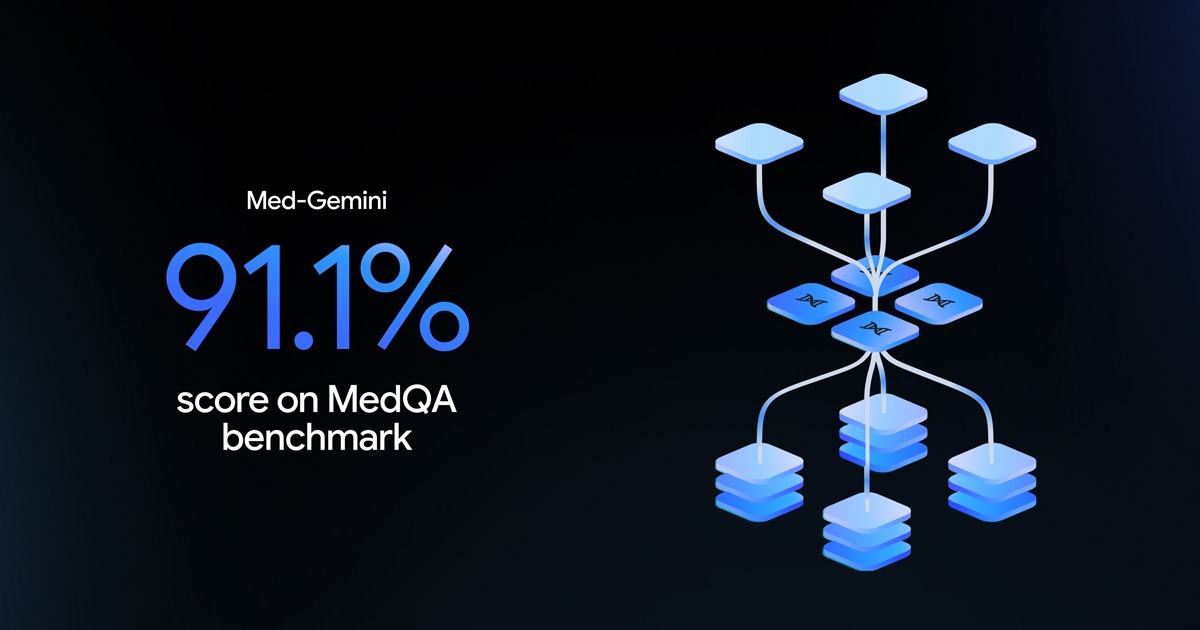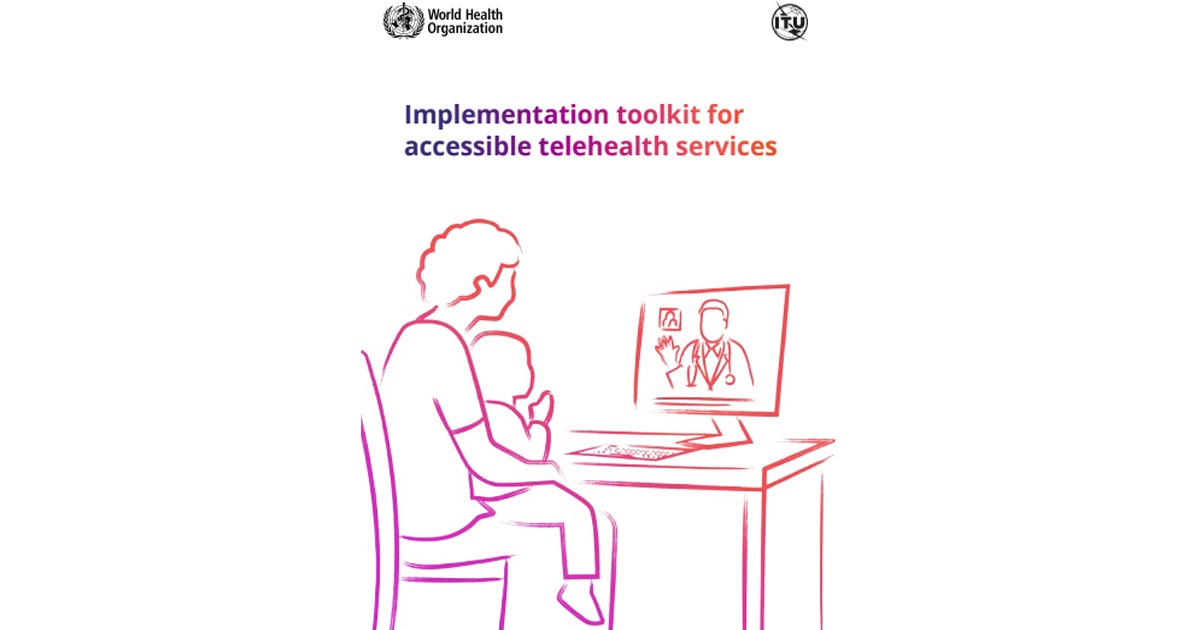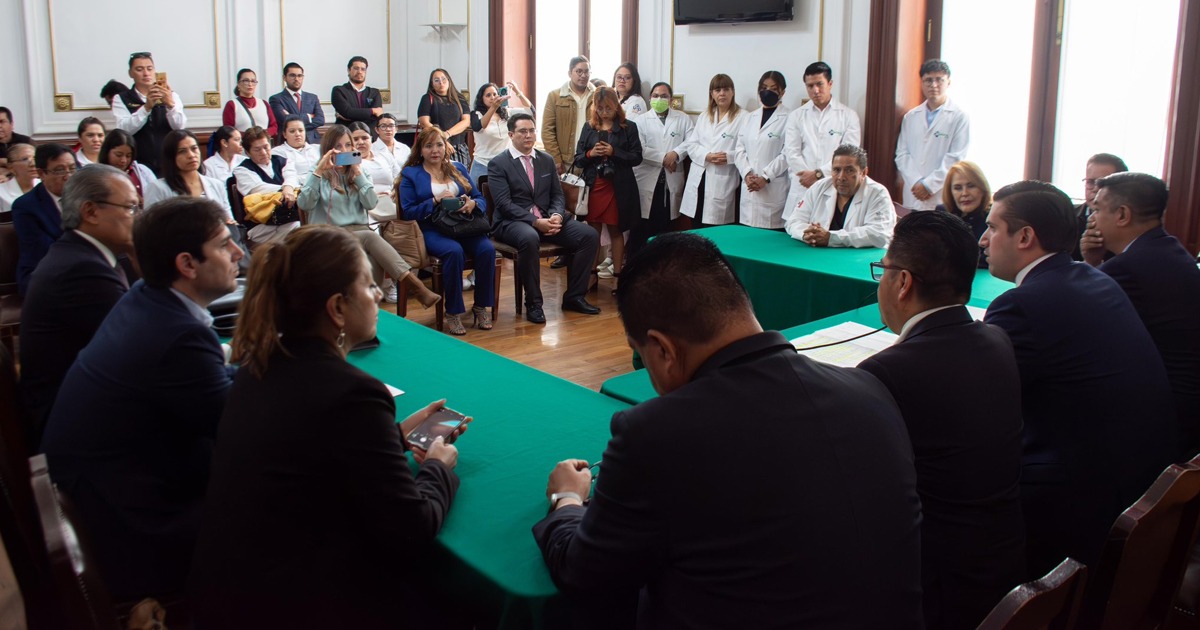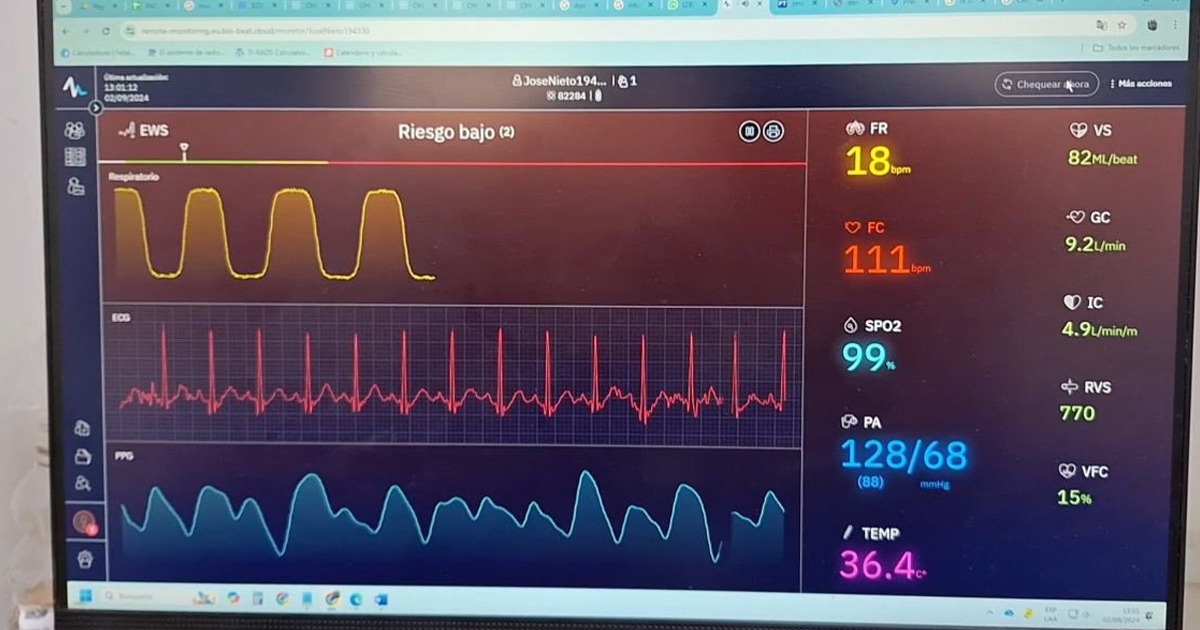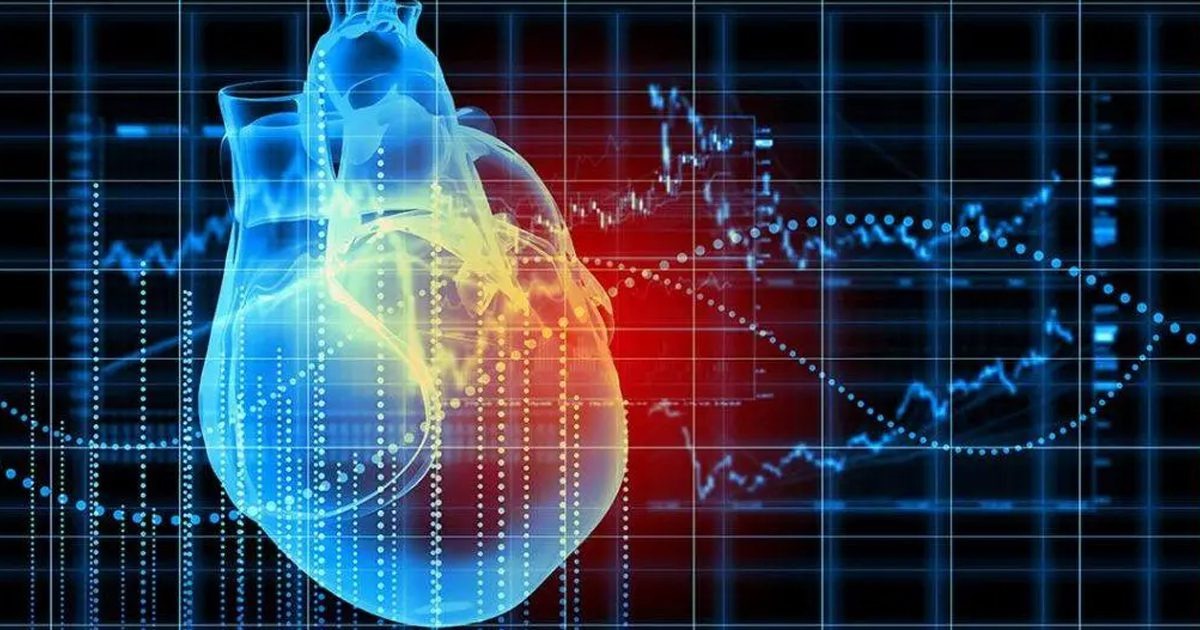This new technology is based on a non-invasive system that allows you to find the symptoms of the disease without the need to take blood samples.
Experts from the Peruvian University Cayetano Heredia are about to finalize a project that has been accepted by the Ministry of Development and Social Inclusion to be funded. This means that those painful blood samples, especially for children, could be a thing of the past in the near future.
The MIDIS (Ministry of Development and Social Inclusion) chose to seek non-invasive methods to diagnose this disease, which in Peru affects 43.5% of children under three years of age. It is also a matter of inclusion because the South American country has areas away from medical care that need accurate diagnosis. With the new technology it’ll be possible to provide the less fortunate with a way to monitor their children.
Given this need, Dr. Mirko Zimic and his multidisciplinary team from UPCH launched their proposal and it was accepted by MIDIS. With the financing of Innóvate Peru they developed a simple, non-invasive and low-cost system that determines the levels of anemia in children in just seconds. For it to function, no special equipment is needed, although there is an Internet connection.
The way in which the application works is as follows: the first step is to take from a cell phone several photographs of the lower eyelid of the child's eye. Then you must complete some basic data such as age and sex. This information is sent through an app to a data center located at the Cayetano Heredia University. There, in real time, the servers receive the information, process the image and estimate the level of hemoglobin to obtain the final result.
To achieve the most accurate results, the team has had to train an artificial intelligence algorithm. Dr. Zimic explained that more than 600 tests have been carried out on samples of blood samples from children in Lima Norte and Canta.
Faced with the problem of almost half of the children in the country with and seeing that there is not enough portable equipment to measure hemoglobin nor with health personnel that reaches all corners of the country, initiatives like Mirko Zimic appear.


